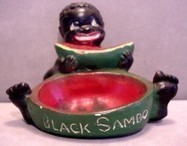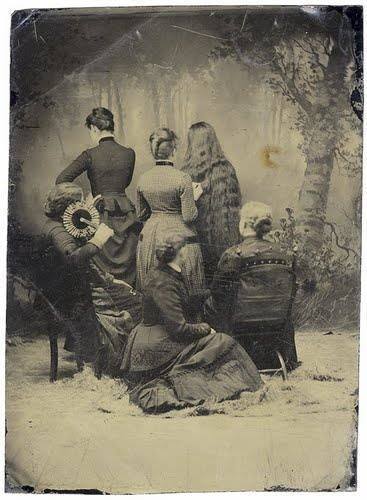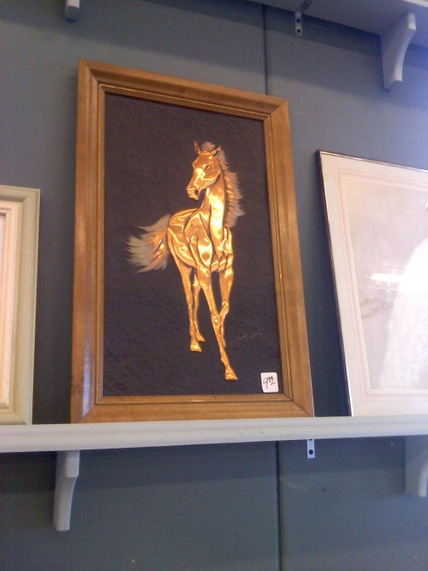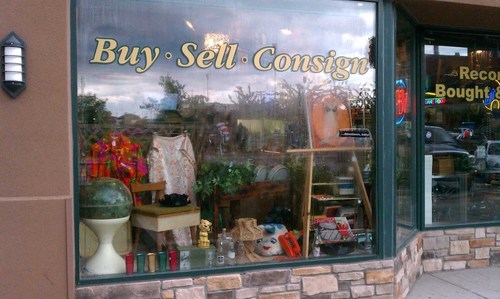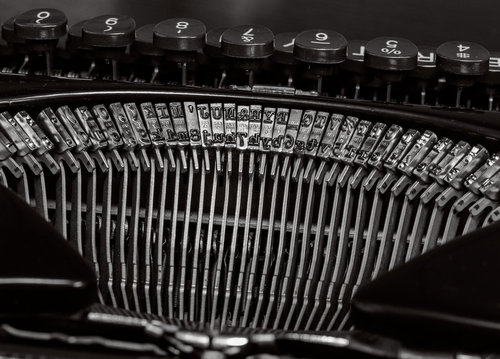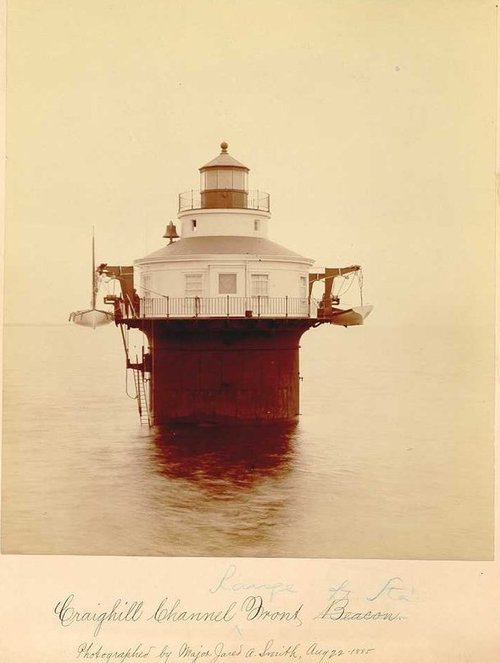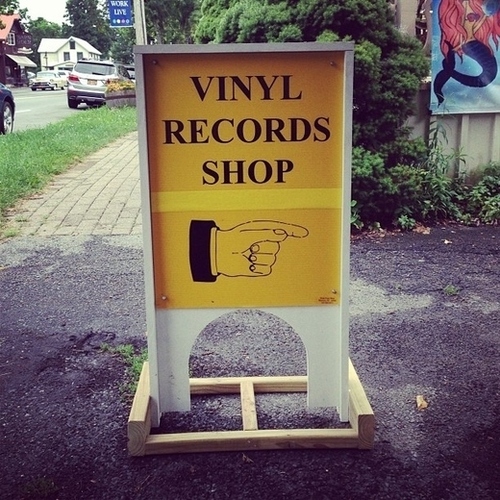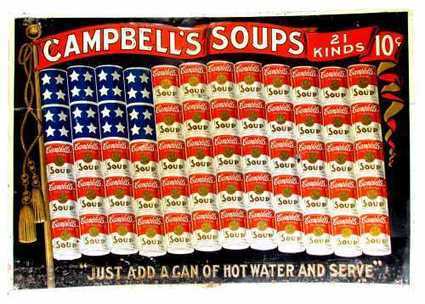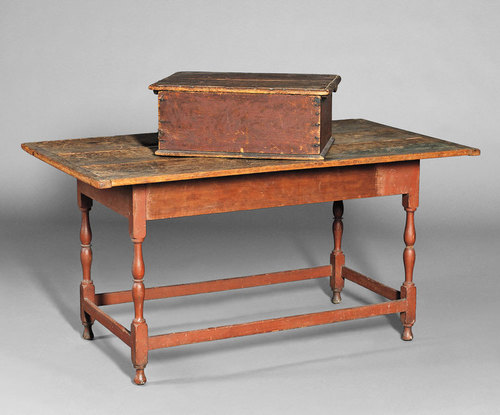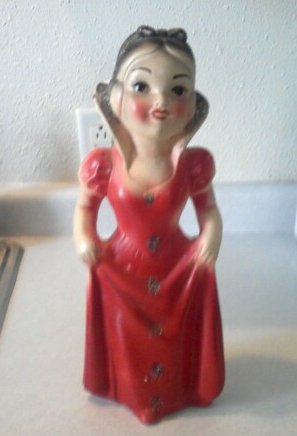Like many people, my first jobs were in retail. It was work I actually loved; but retail doesn’t pay enough to support a family, so I left it & got a college degree. Years later, I still consider myself to be a “retail brat” — and so I collect vintage retail store items. Like most collectors, I tend to focus on the names that mean something to me. For me, these are the department stores of Milwaukee, Wisconsin.

A recent score was a Schuster Stamp Book. This vintage ephemera piece from the Ed. Schuster & Co. department store, founded by German immigrant Edward Schuster in 1884, may not look like much. But as an early department store chain in Milwaukee, Wisconsin, it is near to my heart.

I myself never worked at or even shopped at a Schuster’s store. Schuster’s merged with another Milwaukee department store, Gimbels, two years before I was born. In effect, that act in 1962 was a Gimbels buyout of Schusters — and the resulting joint “Gimbels Schusters” name was very short-lived indeed. I never quite worked for Gimbels either; however, I did work at the Southridge Mall Gimbels location just after it became a Marshall Field’s store (at the prestigious Estee Lauder counter) which, in but a blink of a glamorous eyelash, quickly became an H.C. Pranges and, just a few more years later, Younkers stores. But even though I have no real personal memories of Schuster’s, I have the shared collective memories of the store.
Growing up, every adult referenced the both Schuster’s (and Gimbels). It wasn’t just that they referred to buildings and locations once occupied by these earlier retailers (you know, in that way people habitually call new companies and buildings by the former names and occupants), but their advertising campaigns were iconic. For example, anyone my parents’ age or older still feels that special holiday magic at the mere mention of Billie the Brownie.
Billie the Brownie was a Christmas character that Schuster’s Department Store introduced in 1927 to promote their annual Christmas Parade in downtown Milwaukee. Billie, Santa’s favorite elf, went on to delight children in radio shows, motivate parents, and, of course, sell products via ads — until 1955, when a Billie the Brownie doll failed to sell in Milwaukee stores. Billie’s last radio show aired on Christmas Eve 1955. But he continues to live on in the hearts of many a Milwaukee Baby Boomer today! (FYI, in his final broadcast, Billie makes reference to “Sandman”, and according to this site, Billie, true to his German roots, went on to live another life in East Germany the following year.)
But enough about Billie. As charming as he is, he does not appear in my vintage Schuster’s stamp book.
What does appear in the pages of this old book is far more fascinating to me. But before we get into that, it would be helpful for you to know a little bit more about Schuster’s history. Especially in terms of store, trade, or trading stamps which were used as a rewards or loyalty program.
For those of you who think that S&H Green Stamps (aka Green Shield Stamps) were the first trading stamps, it may surprise you to know that the S & H (Sperry & Hutchinson) stamps began in 1896 — five years after Schuster’s stamps. In fact, Ed. Schuster & Co., Inc., is credited with founding trade stamps in the Unites States. The program, which began in 1891, ran for 68 years (until 1959, just before merger talks with Gimbles).
Now for the fascinating part.
Stamped rather sloppily inside the the front cover it reads “Valuable Schuster Stamps will be issued on Price-Fixed Merchandise if Chapter 52 is finally determined invalid.”
Not knowing anything about “Chapter 52”, I wanted to research it — but knew having some date or time period would be helpful. So it was time to try to date the old stamp booklet.
While the covers are rather fancy (a deep red or burgundy, with black & white flourishes, in a matte finish), the paper pages on the inside are quite tanned, old & brittle — as in “cheap paper.” Each page of the book as rectangles for the stamps to be placed, surrounding a center illustrated advertisement for Schuster products. On the back, there is a stock code, “I-39”, which leads me to believe it dates to 1939. While there are no Schuster’s stamps inside (bummer), there are clumsily-placed Easter Seals (for Christmas, 1940) which seem to be the work of a child. The date of those stamps make me more inclined to believe that this booklet dates to 1939 – 1940; but who can tell? I mean, a child could have found this old stamp booklet in the same junk drawer as the old seals and put them together in 1960 — or even later.

So what’s an obsessive collector to do?
Stumbling about the Internet, I was delighted to discover that there was a book about the department store! Of course, it has to share billing with Gimbles, but… Well, at least a book exists! Schuster’s and Gimbels: Milwaukee’s Beloved Department Stores is by Paul Geenen — and since the book has a website, I reached out to the author, telling him, “I have no idea what this ‘Chapter 52’ is… I know a bit of the early history of Schuster’s and stamps (which is why I was so thrilled to have found this!), but I have no idea what this ‘Chapter 52’ is or when it occurred.” Could he, would he, help?
Yes!
Mr. Geenen replied:
I found a very similar coupon book at the Milwaukee Historical Society when I was doing the research for my book, Deanna. You have one of the few around.
I believe that the book you have was issued and filled with stamps during WWII, when there was strict price fixing. Stores were not allowed to raise prices and were restricted in using the word” sale” when they advertised.
I don’t know what Chapter 52 is for sure, but by the language it appears that Chapter 52 was the fixed price legislation. So what they were saying is that Schusters stamps would be issued if the item was not on the price fixed list.
Issuing the stamps was like putting an item on sale and during the war putting an item on sale was discouraged as it would encourage people to hoard.
How exciting to know what I have is rather rare! And now, thanks to Mr. Geenen, I have more pieces to the story!
I haven’t quite closed the book on this bit of Schuster’s history. But I’ve put a (metaphoric) pin in the Schuster’s Stamp Savings Story for now. …A collector is never quite finished.
PS The title of this post is from (one of the variations of) the old Milwaukee saying, “Down by Schuster’s, where the streetcar bends the corner around”, which lives on as proof of Schuster’s duration.
All images are copyright Deanna Dahlsad; you may use with proper credits — including a link to this article.





